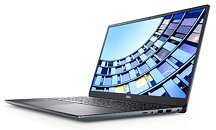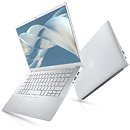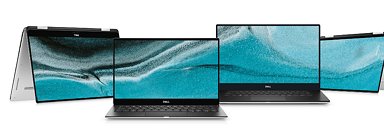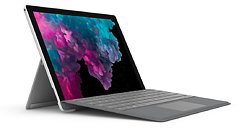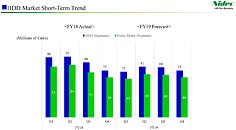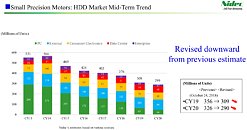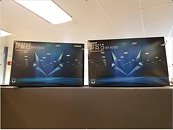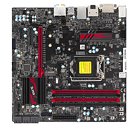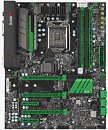
Dell Readies Updated Laptop Portfolio for IFA 2019
IFA is the largest consumer tech show in Europe and we expect to see significant news from 4K and OLED TVs to wearables to smartphones. We'll be showcasing our latest PCs, of course, as the move to thin and light continues across the industry. It's not only about smaller form factors though - consumers want adaptive, always connected, high-performing, and flawlessly designed PCs. Dell continues to set the bar for the PC industry.
Ahead of IFA, we're expanding our consumer portfolio with brand new form factors and the addition of new 10th Gen Intel Core processors to our current XPS and Inspiron portfolio, delivering performance gains needed for compute intensive, demanding multi-thread workloads, while still handling 4K content efficiently. And in doing so, giving our customers heavyweight performance in thin, light and portable designs — the best of both worlds.
Ahead of IFA, we're expanding our consumer portfolio with brand new form factors and the addition of new 10th Gen Intel Core processors to our current XPS and Inspiron portfolio, delivering performance gains needed for compute intensive, demanding multi-thread workloads, while still handling 4K content efficiently. And in doing so, giving our customers heavyweight performance in thin, light and portable designs — the best of both worlds.
